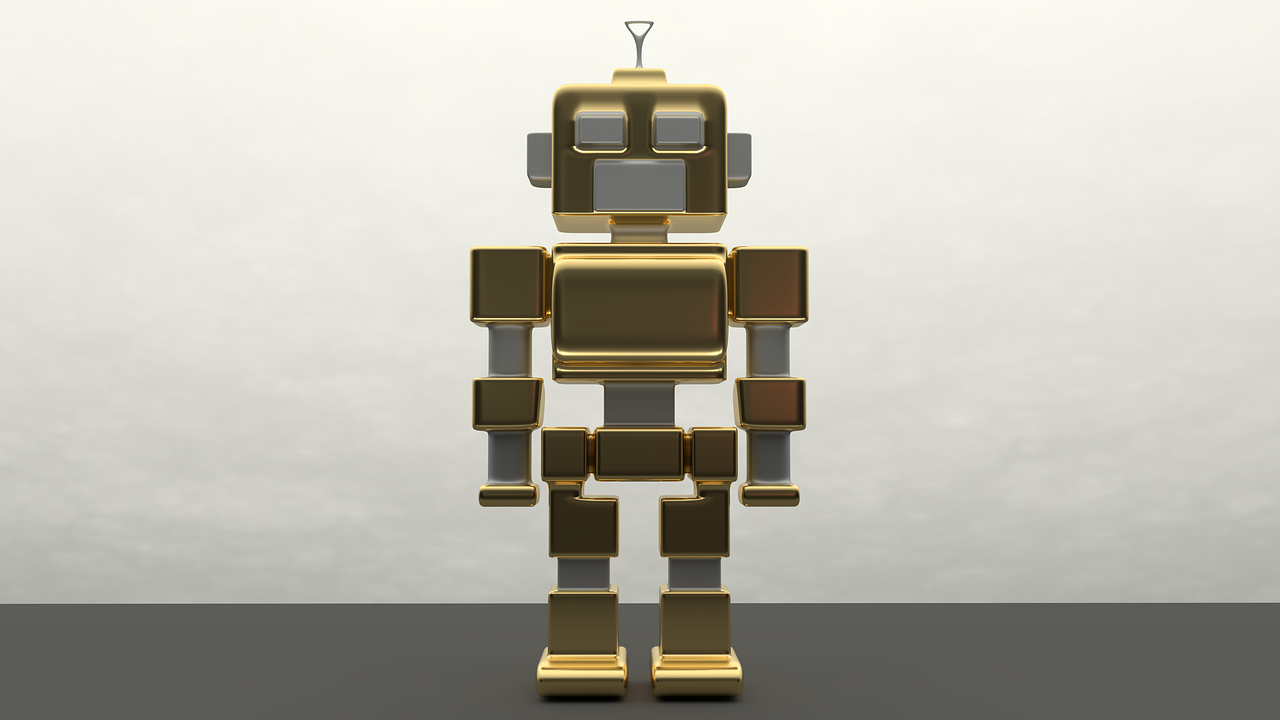Non-fungible token (NFT) creators have been getting paid on secondary market sales of their creations, but new entrepreneurs entering the space are foregoing those payments in order to pass savings on to collectors.
Why it matters: A part of the NFT economy’s public pitch has always been that they offer a better deal for artists. They offered a way for creators to benefit from secondary sales of their artwork, or so the argument went.
- This has knock on benefits. It can incentivize teams not to just make one-off works, and foster community around creations that build more value.
- A creator might not stop at a one-off. They could put on events or shows, or create products around their art, all of which increase its mind space and drive up value.
One problem: Well, assumptions about NFT royalty payments just aren’t universally true.
- NFTs allow an artist to post a royalty for secondary sales in the NFT itself, which is logged forever on the blockchain. But that royalty is only effective insofar as marketplaces honor it.
Context: The NFT market is down but definitely not out. According to NonFungible.com, there was about $855 million in NFT sales in August — far below past highs, but more than enough to keep a bunch of startups going.
The intrigue: Still, a couple of newer, notable marketplaces just aren’t honoring royalties, and collectors seem to like it.
- Sudoswap is a decentralized exchange that allows buying and selling to go on autopilot, managed by code.
- And x2y2 is basically a marketplace like LooksRare or OpenSea, except it’s more decentralized than the latter (the marketplace leader).
Sudoswap has really increased its volume over the last month, but it is x2y2 that’s dominating the market (though it has a token, so that could be a lot of wash trading).
- Regardless, it’s a lot sales, which only makes it more disconcerting for artists that it has suggested making paying royalties optional.
What they’re saying: “Artist Royalties are as fundamental as rain: They keep the creative cycle alive,” the artist Hackatao (who has been making NFTs since long before they were cool) told Axios via Twitter.
- NFTs aren’t like paintings. They don’t stop evolving when they get sold. Each collection is a project.
- “Many NFT projects manage to finance their team with royalties from the secondary market, If we remove this resource, the projects would no longer be sustainable,” Hackatao added.
- In a statement from the NFT project Axolittles (which actually switched leadership from the originally creators) they noted that the assets and their marketplaces are symbiotic. “Platforms should be allowed to innovate however they want. … The problem they’re going to face here is that there is 0 incentive for a team to support their platform.”
What we’re watching: Royalties might become less bespoke, more standardized, and something that becomes more consensus than enshrined law.
- “I don’t think royalties could be 100% *technically* enforceable,” Jake Brukhman, CEO of CoinFund,…
Read More: www.axios.com









 Bitcoin
Bitcoin  Ethereum
Ethereum  Tether
Tether  XRP
XRP  Solana
Solana  Dogecoin
Dogecoin  USDC
USDC  Cardano
Cardano  Lido Staked Ether
Lido Staked Ether  TRON
TRON  Avalanche
Avalanche  Wrapped stETH
Wrapped stETH  Sui
Sui  Toncoin
Toncoin  Chainlink
Chainlink  Stellar
Stellar  Shiba Inu
Shiba Inu  Wrapped Bitcoin
Wrapped Bitcoin  Hedera
Hedera  Polkadot
Polkadot  WETH
WETH  Bitcoin Cash
Bitcoin Cash  LEO Token
LEO Token  Uniswap
Uniswap  Litecoin
Litecoin  Pepe
Pepe  Hyperliquid
Hyperliquid  Wrapped eETH
Wrapped eETH  NEAR Protocol
NEAR Protocol  Ethena USDe
Ethena USDe  USDS
USDS  Internet Computer
Internet Computer  Aptos
Aptos  Aave
Aave  Mantle
Mantle  Render
Render  Cronos
Cronos  POL (ex-MATIC)
POL (ex-MATIC)  Bittensor
Bittensor  Ethereum Classic
Ethereum Classic  MANTRA
MANTRA  WhiteBIT Coin
WhiteBIT Coin  Virtuals Protocol
Virtuals Protocol  Artificial Superintelligence Alliance
Artificial Superintelligence Alliance  Tokenize Xchange
Tokenize Xchange  Monero
Monero  Dai
Dai